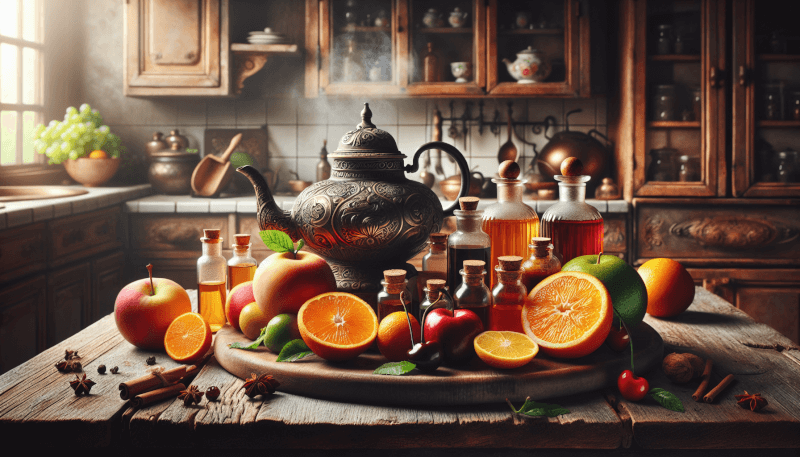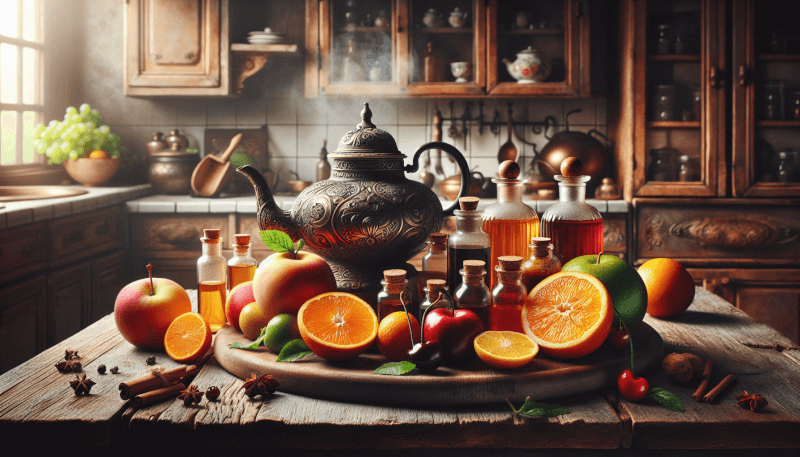Tea lovers rejoice, because we have a secret for you – the art of brewing tea with flavor extracts. If you’re tired of the same old tea flavors and looking to explore a world of exciting and unique options, then this article is your go-to guide. Discover the wonders of enhancing your cup of tea by infusing it with tantalizing extracts, unlocking a realm of flavors that will leave your taste buds dancing with delight. From fragrant florals to mouthwatering fruits, get ready to take your tea brewing skills to a whole new level and create a cup of tea that is truly extraordinary. So grab your favorite mug and let’s embark on a tea journey like no other!
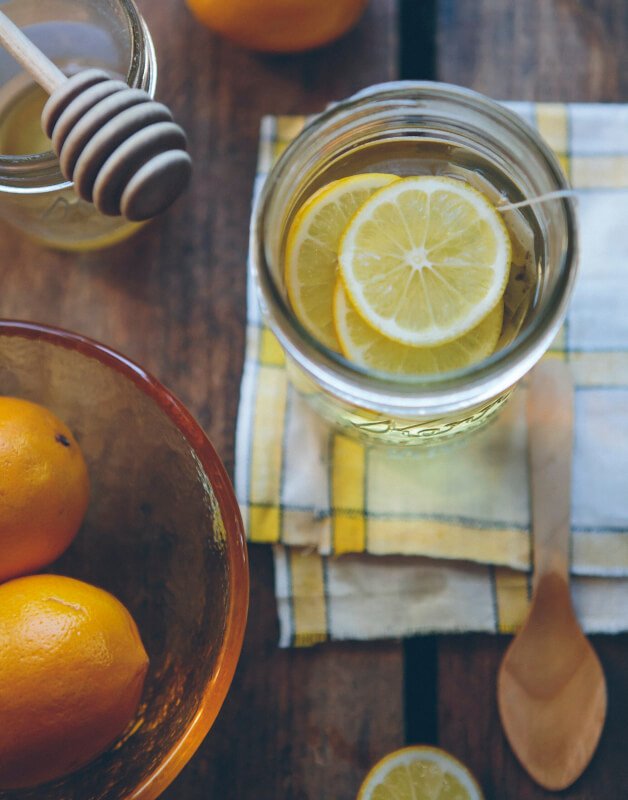
Choosing the Right Tea
When it comes to enjoying a good cup of tea, choosing the right type of tea is essential. With so many options available, it can be overwhelming to know where to start. Understanding the different types of tea will not only help you make an informed decision but also enhance your tea drinking experience.
Understanding the Different Types of Tea
Tea comes in various forms, each with its own unique flavor profile and characteristics. Here are some of the most common types of tea:
Green Tea: Known for its fresh and grassy flavor, green tea undergoes minimal oxidation, preserving its natural antioxidants.
Black Tea: Fully oxidized, black tea boasts a robust and bold flavor, making it a popular choice for those who enjoy stronger brews.
Oolong Tea: Partially oxidized, oolong tea falls between the characteristics of green and black tea, offering a complex flavor profile.
White Tea: Made from the youngest tea leaves and buds, white tea has a delicate and subtle taste, often described as floral or sweet.
Herbal Tea: Unlike other types of tea, herbal tea is not derived from the Camellia sinensis plant. Instead, it is made from various herbs, flowers, fruits, and spices, resulting in a wide range of flavors and health benefits.
Selecting Tea for Flavor Extracts
When choosing tea for flavor extracts, it is best to opt for a base tea with a mild flavor that can complement the added flavors. Green or white teas are often recommended as they have a more subtle taste compared to black tea. However, feel free to experiment with different teas and find the ones that you enjoy the most with flavor extracts.
Exploring Flavor Extracts
Flavor extracts add a new dimension to your tea, elevating the taste and creating a personalized experience. Whether you prefer a fruity infusion, zesty delight, or decadent indulgence, flavor extracts can help you achieve a wide range of flavors and aromas in your cup of tea.
Introduction to Flavor Extracts
Flavor extracts are concentrated liquids that capture the essence of various flavors, such as fruits, spices, and even sweet treats. They can be found in both natural and artificial forms, each offering its own set of benefits and considerations.
Popular Flavor Extracts for Tea
Some of the most popular flavor extracts for tea include:
Vanilla: A classic flavor that adds a creamy and sweet note to any tea.
Mint: Refreshing and invigorating, mint flavor extracts are perfect for creating a soothing tea experience.
Citrus: From lemon to orange and grapefruit, citrus flavor extracts bring a burst of tanginess and brightness to your tea.
Berry: Whether you prefer the tartness of raspberries or the sweetness of strawberries, berry flavor extracts infuse tea with delightful fruity flavors.
Natural versus Artificial Flavor Extracts
When it comes to choosing between natural and artificial flavor extracts, it ultimately depends on personal preference. Natural flavor extracts are derived from real ingredients and can provide a more authentic and nuanced taste. On the other hand, artificial flavor extracts offer a wide range of flavors and can be more cost-effective. Consider your taste preferences and any dietary restrictions when selecting flavor extracts for your tea.
Understanding Tea Brewing Basics
To fully appreciate the flavors of your tea and the added flavor extracts, it is important to understand the basics of tea brewing. From water quality and temperature to tea-to-water ratio and steeping time, each element plays a crucial role in creating the perfect cup of tea.
Water Quality and Temperature
Using high-quality water is essential for brewing tea. Avoid using water that contains impurities or excessive minerals, as they can affect the taste of your tea. The ideal water temperature varies depending on the type of tea you are brewing. As a general guideline, green and white teas are best brewed at lower temperatures (around 175°F/80°C), while black and herbal teas can withstand hotter water (around 212°F/100°C).
Tea-to-Water Ratio
Finding the right tea-to-water ratio is key to achieving the desired strength and flavor in your tea. As a starting point, use one teaspoon of loose tea leaves or one tea bag per cup (8 ounces) of water. Adjust the amount based on your preference for a stronger or milder brew.
Steeping Time and Techniques
Steeping time determines the level of flavor and strength in your tea. Generally, green and white teas require shorter steeping times (around 2-3 minutes), while black and herbal teas can be steeped for longer periods (around 4-5 minutes). It is important to follow the recommended steeping time for each type of tea to avoid bitterness or overpowering flavors. Experiment with different steeping techniques, such as steeping loose tea in a teapot or using a tea infuser to find the method that works best for you.
The Art of Pairing Flavor Extracts with Tea
Pairing flavor extracts with tea is an art that allows you to create unique and delightful taste combinations. By understanding the principles of complementary and contrasting flavors, experimenting with different combinations, and knowing how to enhance or mask tea’s natural flavors, you can create a truly personalized tea experience.
Complementary and Contrasting Flavors
Complementary flavors work in harmony with each other, enhancing and intensifying the overall taste. For example, pairing a fruity flavor extract with a green tea can create a refreshing and balanced combination. On the other hand, contrasting flavors create a dynamic and intriguing taste profile. Consider pairing a citrus flavor extract with a black tea to create a vibrant and zesty cup of tea.
Experimenting with Flavor Combinations
Don’t be afraid to get creative and think outside the box when it comes to flavor combinations. Mix and match different flavor extracts to find your perfect blend. For example, combining vanilla and mint flavor extracts can add a unique twist to your tea, creating a creamy and refreshing concoction. Take the time to experiment and discover your own signature flavors.
Enhancing or Masking Tea’s Natural Flavors
Flavor extracts can be used to either enhance or mask the natural flavors of tea. If you have a favorite tea but find it lacking in a certain aspect, such as sweetness or citrusy notes, adding a flavor extract can help elevate the taste. On the other hand, if you have a tea with a strong and overpowering flavor that you wish to tone down, consider using a milder flavor extract to balance it out.
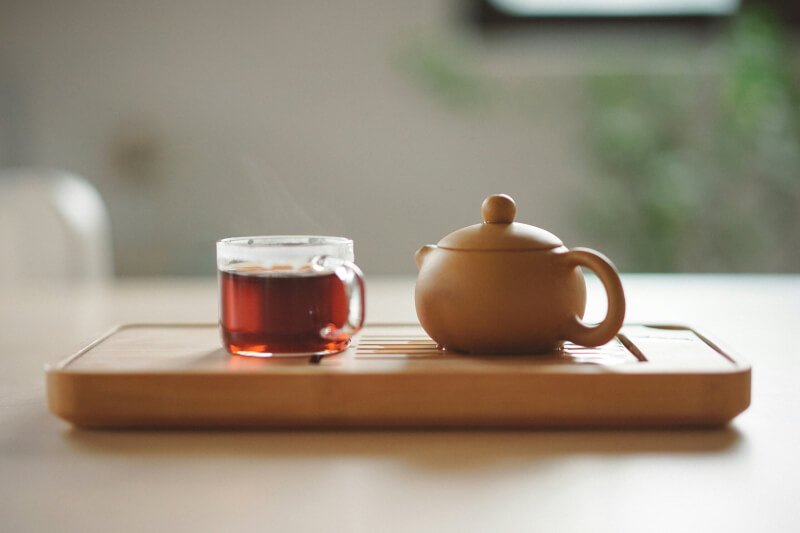
Preparing Flavor Extracts
Now that you have a good understanding of flavor extracts and how to pair them with tea, let’s explore the different ways to prepare and use flavor extracts in your tea.
Using Pre-Made Flavor Extracts
Pre-made flavor extracts are readily available in stores and offer convenience and consistent results. Simply follow the instructions on the bottle to add the desired amount to your tea. Remember to start with a small amount and adjust to your taste preferences.
Creating Homemade Flavor Extracts
For those who prefer a more hands-on approach, making homemade flavor extracts can be a rewarding and fun experience. You can infuse various ingredients, such as fruits, herbs, or spices, into a neutral alcohol base, such as vodka or rum, to create your own unique flavor extracts. Experiment with different combinations and ratios to find your favorite homemade flavors.
Infusing Tea with Flavor Extracts
Another way to incorporate flavor extracts into your tea is by infusing the tea leaves themselves. Add a small amount of the desired flavor extract to the tea leaves before brewing, allowing the flavors to meld together. This method works particularly well with loose leaf teas, as the leaves have more surface area to absorb the flavors.
Creative Tea Recipes with Flavor Extracts
From fruity infusions to zesty delights and decadent indulgences, here are a few creative tea recipes to inspire your flavor extract adventures.
Fruity Infusions: Berry Burst Tea
Ingredients:
- Green tea leaves
- Berry flavor extract
- Fresh berries for garnish
Instructions:
- Brew a pot of green tea using the appropriate tea-to-water ratio and water temperature.
- Once brewed, add a few drops of berry flavor extract to enhance the fruity flavors.
- Serve the tea hot or cold, and garnish with fresh berries for an extra burst of flavor.
Zesty Delights: Citrus Sunrise Tea
Ingredients:
- Black tea leaves
- Citrus flavor extract (lemon, orange, or grapefruit)
- Lemon or orange zest for garnish
Instructions:
- Brew a pot of black tea using the appropriate tea-to-water ratio and water temperature.
- Add a few drops of citrus flavor extract of your choice to infuse the tea with a refreshing zing.
- Serve the tea hot or cold, and garnish with lemon or orange zest for a visually appealing and aromatic twist.
Decadent Indulgences: Chocolate Mint Tea
Ingredients:
- Oolong tea leaves
- Chocolate flavor extract
- Fresh mint leaves for garnish
Instructions:
- Brew a pot of oolong tea using the appropriate tea-to-water ratio and water temperature.
- Add a few drops of chocolate flavor extract for a rich and decadent taste.
- Serve the tea hot or cold, and garnish with fresh mint leaves for a delightful aromatic experience.
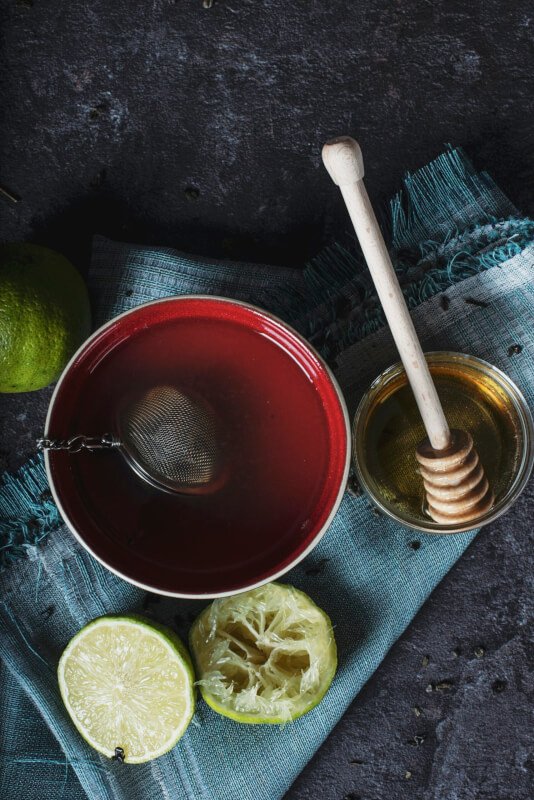
Enhancing Tea with Non-Tea Ingredients
In addition to flavor extracts, there are many other non-tea ingredients that can be used to enhance and elevate the flavors of your tea. From herbs and spices to fruit juices and zests, these additions can add depth and complexity to your tea.
Herbs and Spices
Infusing tea with herbs and spices can create unique flavor profiles. For example, adding a cinnamon stick or cardamom pods to your black tea can bring warmth and complexity to the brew. Experiment with different herbs and spices to find your favorite combinations.
Fruit Juices and Zests
Fresh fruit juices and zests can add a burst of natural sweetness and tanginess to your tea. A squeeze of lemon or a splash of orange juice can uplift your cup of tea and provide a refreshing twist. Be mindful of the quantity to avoid overpowering the flavors of the tea.
Sweeteners and Enhancers
Sweeteners like honey, agave syrup, or stevia can be used to add sweetness and balance to your tea. Additionally, enhancers like milk or cream can create a creamy and indulgent texture. Adjust the amount of sweeteners and enhancers to your liking and taste preferences.
Presenting and Serving Flavorful Tea
Once you have brewed your flavorful tea, it’s time to present and serve it in a way that enhances the overall experience. Here are some tips to help you make the most of your flavorful tea.
Choosing the Right Tea Ware
Investing in high-quality tea ware can elevate the presentation of your tea. Consider using a teapot with a built-in infuser for loose leaf teas or elegant tea cups for a more refined experience. Match your tea ware to the style and occasion to create a cohesive and visually pleasing setup.
Tea Presentation Tips
When serving your flavorful tea, pay attention to details to enhance the presentation. Use garnishes, such as fresh herbs, flower petals, or citrus slices, to add visual appeal. Pair the tea with complementary snacks or treats that complement the flavors, such as biscuits or pastries.
Accompaniments for Flavorful Tea
Selecting the right accompaniments can enhance the flavors of your tea. For fruity infusions, try serving the tea with a fresh fruit salad or a fruit tart. Pair zesty delights with finger sandwiches or scones with lemon curd. Decadent indulgences can be enjoyed with a selection of chocolate truffles or rich desserts. Consider the taste profiles of your tea and choose accompaniments that will harmonize with the flavors.
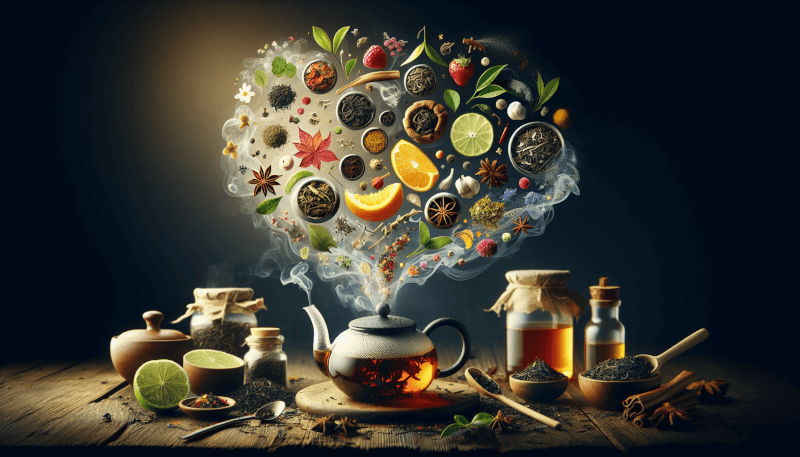
Exploring Cultural Tea Traditions
Tea is deeply rooted in many cultures around the world, each with its own unique traditions and rituals. Exploring different cultural tea traditions can expand your knowledge and appreciation for tea. Here are a few examples:
Tea with Flavor Extracts around the World
In India, masala chai is a popular tea infused with a blend of spices such as cardamom, cinnamon, and ginger. This flavorful blend is often enjoyed with a touch of milk and sweetener. In Morocco, mint tea is a fragrant and refreshing drink made with green tea and fresh mint leaves. The tea is traditionally poured from a height to create a frothy texture.
Unique Tea Rituals and Customs
Tea ceremonies, such as the Japanese tea ceremony or the Chinese gongfu tea ceremony, are intricate and symbolic rituals that highlight the importance of tea in these cultures. Learning about these rituals can deepen your understanding of tea as more than just a beverage, but as a sacred and meditative experience.
Tips and Techniques for Perfect Brewing
Now that you have mastered the art of brewing tea with flavor extracts, here are some final tips and techniques to ensure a perfect cup of tea every time.
Controlling Strength and Intensity
If you find your tea too strong or intense, try reducing the steeping time or using a lower tea-to-water ratio. Conversely, if your tea tastes weak, increase the steeping time or use a higher tea-to-water ratio. Adjusting these factors will help you achieve your desired strength and intensity.
Avoiding Bitterness or Overpowering Flavors
To avoid bitterness in your tea, be mindful of the water temperature and steeping time. Oversteeping or using water that is too hot can extract unpleasant flavors from the tea leaves. Similarly, using a heavy hand with flavor extracts can overpower the natural flavors of the tea. Start with a small amount and gradually add more until you reach your desired taste.
Adapting Brewing Methods to Different Tea Types
Each type of tea has its own unique brewing requirements. Green and white teas, being more delicate, should be brewed at lower temperatures and for shorter durations. Black and herbal teas, on the other hand, can withstand higher temperatures and longer steeping times. Familiarize yourself with the recommended brewing methods for each type of tea to achieve the best results.
By following these guidelines and experimenting with different teas, flavor extracts, and brewing techniques, you can become a master in the art of brewing tea with flavor extracts. Enjoy the journey of discovering new flavors, and savor each cup of tea as a delightful and personalized experience. Cheers to your tea adventures!
